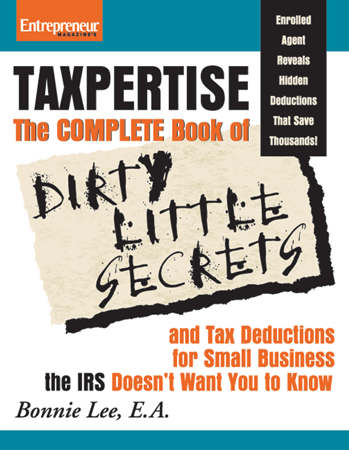The Valley Fires in Middletown have wreaked havoc upon the landscape. We lost our home in Middletown and so did many of our friends.
The area has been declared a National Disaster area. According to a press release I received from FEMA, “the Regional Administrator for FEMA Region IX Office determined that the Valley Fire threatened such destruction as would constitute a major disaster. California’s request was therefore approved on September 12, 2015 at 21:30 PDT. Fire Management Assistance Grants provide federal funding for up to 75% of eligible firefighting costs.”
And help is on the way from the Internal Revenue Service as well. The IRS has always gone to bat to help taxpayers affected by disasters. For one thing, filing deadlines are generally extended. I anticipate the October 15, 2015 deadline for filing 2014 individual income tax returns will be extended likely to January 15, 2016, though at this late date, nothing has come down yet.
Many who lost their paperwork to the fires will need time to reconstruct their data. If you find yourself in this situation, request a transcript of your tax documents from the Internal Revenue Service. Your W2s, 1099s, K-1s and other third party documents have been provided to the IRS and are available to you. You can make the request online at IRS Website – Get Transcript.
For data not provided to the IRS, such as payments you’ve made for property taxes, DMV fees, charitable contributions, medical expenses, and deductions, get copies of your bank statements to retrieve the amounts paid.
If you are self-employed, perhaps your data is being safely stored in the Cloud or in an on-line version of accounting software. If not, you will need to reconstruct your books to create a profit and loss statement suitable for reporting on your tax return.
There are specific guidelines in place to help those residing in the Middletown area or for anyone involved in a declared federal disaster. Refer to IRS Publication 547 to discover what you need to know with regard to your loss and your taxes.
Highlights from this publication specific to federally declared disasters:
Timing: Normally, you write off your losses in the year it occurred. “However, if you have a casualty loss from a federally declared disaster that occurred in an area warranting public or individual assistance (or both), you can choose to deduct that loss on your return or amended return for the tax year immediately preceding the tax year in which the disaster happened. If you make this choice, the loss is treated as having occurred in the preceding year.”
The reason the IRS allows this is because the loss will lower your tax liability for the previous tax year thus generating a refund which can be used to help rebuild.
Profit: If a reimbursement from your insurance company to repair or replace your main home results in a capital gain (ask your tax pro to crunch the numbers), you will be allowed to postpone the capital gain if you use the money to repair or replace that main home. Naturally, this break is fraught with rules so check out the section under “Gains Realized on Homes in Disaster Areas” in the Instructions for Form 4684.
Home made unsafe by disaster. According to Publication 547 “If your home is located in a federally declared disaster area, your state or local government may order you to tear it down or move it because it is no longer safe to live in because of the disaster. If this happens, treat the loss in value as a casualty loss from a disaster. Your state or local government must issue the order for you to tear down or move the home within 120 days after the area is declared a disaster area.” Here again, it is a good idea to ask your tax professional to crunch the numbers to accurately determine your loss. It will be reported on Form 4684.
My thoughts, and prayers go out to those who have lost everything.



